Full Report on the Event from Co-organiser, Antony Firth
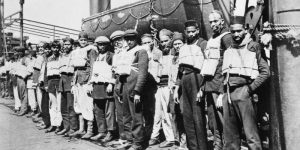 Workshop: BAME Seafarers in the First World War
Workshop: BAME Seafarers in the First World War
University of Portsmouth Library, Portsmouth
24 January 2018
The Port Towns & Urban Cultures project (University of Portsmouth) recently hosted a free workshop exploring the experiences of Black, Asian and Minority Ethnic (BAME) seafarers in the First World War. The workshop was sponsored by Gateways to the First World War, an AHRC-funded public engagement centre. The idea for the workshop arose from investigations of the East Coast War Channels by Fjordr, an archaeological consultancy, for Historic England.
The premise for the workshop is that during the First World War, BAME seafarers were employed in large numbers in the mercantile marine, including in coastwise shipping around the UK as well as in oceanic trades. Thousands of BAME seafarers were exposed to the dangers of merchant seafaring in the First World War, including being sunk by enemy mines and torpedoes. Hundreds died and have no grave but the sea. Equally, BAME seafarers also served in Royal Navy vessels around the UK and further afield. However, the contribution of those BAME seafarers who died, and the many more who survived, is almost invisible in accounts of the First World War at sea. Those who died are usually commemorated far from where they served, on memorials in Mumbai and Hong Kong. Although some attention has been given to the post-war ‘race riots’ in port towns in the UK, the role, contribution and experience of BAME individuals and communities in seafaring itself seems to have been ignored.
The workshop was intended to engage participants from academia, the heritage sector, community projects and individual researchers, and to help identify steps that can be taken to enable greater engagement in the history of BAME seafarers in WWI. The hope was that the workshop would encourage the development of specific proposals for research and/or heritage projects, including community-based projects under the HLF First World War: then and now programme.
The workshop comprised a series of short presentations and two extended discussion periods. The first presentation, by Antony Firth, set out the background to the workshop. It highlighted instances of BAME seafarers in data and documents relating to the war at sea (see The World’s War on the East Coast) but questioned the lack of attention to this facet of WWI. Amongst the datasets presented was the Index of First World War Mercantile Marine Medals and the British War Medal (BT 351) kindly made available by Guy Grannum and Matt Hillyard of The National Archives. The presentation suggested that the absence of attention to BAME seafarers in First World War:
- is not accidental;
- is facilitated by post-war ‘rationalisation’ of the diversity of seafarers;
- is not due to an absence of information;
- reflects absence of seafarers of any background in narratives of WWI;
- reflects particular absence of mercantile marine from narratives of WWI; and
- contrasts with recent attention to BAME soldiers and labour corps.
The presentation also made it clear that this absence of BAME seafarers in WWI narratives can be reversed. The paper also set out some initial considerations to bear in mind in the course of discussions:
- The role of BAME seafarers is not specific to WWI – it is part of a much longer narrative pre- and post-WWI.
- There is a close connection between BAME seafarers and the development of onshore communities in UK and around the world; but it is important to focus on BAME seafarers’ experiences at sea also.
- BAME seafaring is a question of individuals who faced extraordinary circumstances, not just of numbers.
- BAME seafarers do not present a single uniform narrative – there is considerable diversity in contexts and experiences.
- BAME seafaring in WWI has a material dimension: the places where BAME seafarers lived and worked (and sometimes died) are still on the seabed, often within a few miles of the UK coast.
Four presentations provided case studies relating to BAME seafarers in the First World War (see the full videos of all presentations and the following discussions below). First, Georgie Wemyss of the University of East London interviewed Asif Shakoor, an independent researcher, about his experience of tracing the WW1 history of Mahomed Gama, Fireman. Mahomed Gama was Asif’s grandfather. Asif and his family had no idea of his grandfather’s service in the mercantile marine until Asif discovered some fragmentary documents. The trail eventually led him to recovering his grandfather’s War Medal, inscribed on the rim with his name. The interview was both inciteful and touching, culminating in Asif showing his grandfather’s medal that he had so assiduously tracked down.
Helen Rowe and Deanna Groom from the Royal Commission on the Ancient and Historical Monuments of Wales (RCAHMW) followed with a presentation entitled West African Seamen, Wales and WW1. RCAHMW is carrying out a major HLF-funded project Commemorating the Forgotten U-boat War around the Welsh Coast, 1914-18. The project encompasses several ships operated by the Elder Dempster line that were en route to and from Liverpool when they were sunk and which included crew members who originated in West Africa. Research into these vessels and their crews in local archives –especially newspaper archives – is providing a much more detailed appreciation of the presence of West African seafarers in Welsh communities during WWI.
Jim Baker has been involved in researching BAME seafarers for a decade, developing and implementing a series of successful Community projects in Barry, Cardiff and Southampton. Jim gave a presentation entitled Lives Hidden in Front of Our Eyes, sharing both an understanding of the social contexts of BAME seafarers in Britain in the first half of the twentieth century and the importance of such projects to communities today. His presentation was illustrated with ID photographs of seafarers from the Central Registers of Seamen (CR10 and CR1) held in Southampton City Archives, illustrating the very great diversity of seafarers in the ‘British’ mercantile marine. His guide to researching the collection at Southampton can be downloaded here: The Central Index Register of Merchant Seamen 1918-1941
The fourth presentation was by Cliff Pereira (read in his absence by Antony Firth), entitled Luso-Asian Seafarers in the First World War. Luso-Asians are a community with family, religious, language or cultural ties to Portuguese colonialism in Asia dating back to the early sixteenth century. There are strong connections between Luso-Asians and seafaring, especially through Goa. Cliff’s paper looked at the role of Luso-Asian seafarers in WWI through three strands: the individual history of Deogo Antonio Pereira aboard HMS Alert, Astrea, Hyacinth and Challenger in the Atlantic and Indian oceans; Luso-Asians aboard the Canadian Pacific Steamship Company vessels Empress of Asia and Empress of Japan as part of the Naval Service of Canada; and Luso-Asians serving in the Inland Water Transport Corps in Mesopotamia, including aboard steamers in action on Lake Victoria.
These presentations illustrated the many different facets to story of BAME seafarers in the First World War, but also the range of sources and very great potential for further research and awareness raising. These themes were explored in detail in two discussion sessions, framed around the following issues:
- Research and public engagement in relation to BAME seafarers in WWI – what is their scope?
- Promoting greater awareness of BAME seafarers in WWI – opportunities and priorities.
In the event, vigorous discussion flowed widely around these topics and beyond, reflecting a real eagerness to build on the momentum of the workshop. Participants were able to draw on considerable practical experience of encouraging community projects focussing on BAME history, noting weaknesses as well as strengths. Debate included whether BAME was in fact a helpful term, and how to ensure that locally-based projects do not falter after initial funding and enthusiasm has passed. The importance of families and localities as jumping-off points was emphasised, as was the need to support and enable independent family history researchers. The potential role of local libraries and links to primary and secondary schools was also underlined. Without detracting from the importance of locally-based, community projects, the need to also place pressure on national narratives and national institutions – such as maritime museums – to take up the stories of BAME seafarers was made plain. Opportunities associated with Black History Month and initiatives such as the British Library’s Untold Lives blog were also flagged. The possibility of an event at The National Archives was raised by Iqbal Husain, the TNA’s Regional Communities Partnerships Manager, with the intention of both helping community groups in practical ways to discover stories of BAME seafarers, and also to advance BAME seafaring in the First World War as a focus for research.
The workshop – which seems to have been the first of its kind on this subject – was a fascinating and rewarding experience, with a definite sense of movement towards greater recognition of the role of BAME seafarers in the First World War. Thanks are due to Gateways to the First World War and Port Towns & Urban Cultures at the University of Portsmouth for making it happen.
Click to see the BAME Seafarers in the First World War page on the website for resources and inspiration for future research
Below are video or audio recordings of the presentations and proceedings of the workshop.
Presentations
Antony Firth (Fjordr, Marine and Historic Management Consultant), ‘BAME Seafarers in the First World War.’
Asif Shakoor (Independent Researcher), interviewed by Georgie Wemyss (University of East London) ‘Unravelling the History of Mahomed Gama – a South Asian Seafarer in the First World War.’
Helen Rowe and Deanna Groom (Royal Commission on the Ancient and Historical Monuments of Wales), ‘West African Seamen, Wales and the First World War’
Jim Baker (Port Horizon project, and Heroes at Sea project), ‘Lives Hidden in Front of Our Eyes.’
Clifford Pereira (Independent Researcher, Curator and Museum Consultant), ‘Luso-Asian Seafarers in the First World War’(read by Antony Firth).
Group discussion
Discussions on ‘Research and Public Engagement of BAME Seafarers in the First World War’ and ‘Promoting Greater Awareness.’ At the end of the day we were able to plan some strategies for taking ‘Next Steps’, including the creation of a BAME Seafarers space on this website, and a community group event facilitated by Gateways to the First World War.

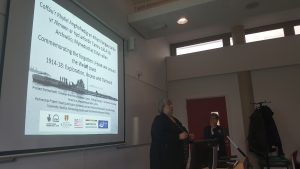
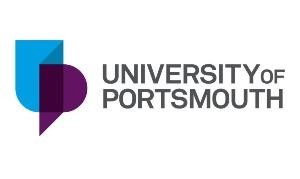
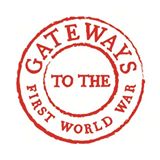
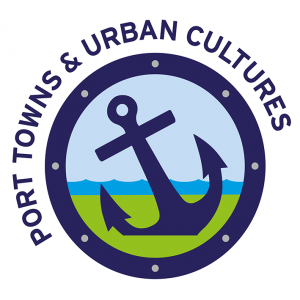
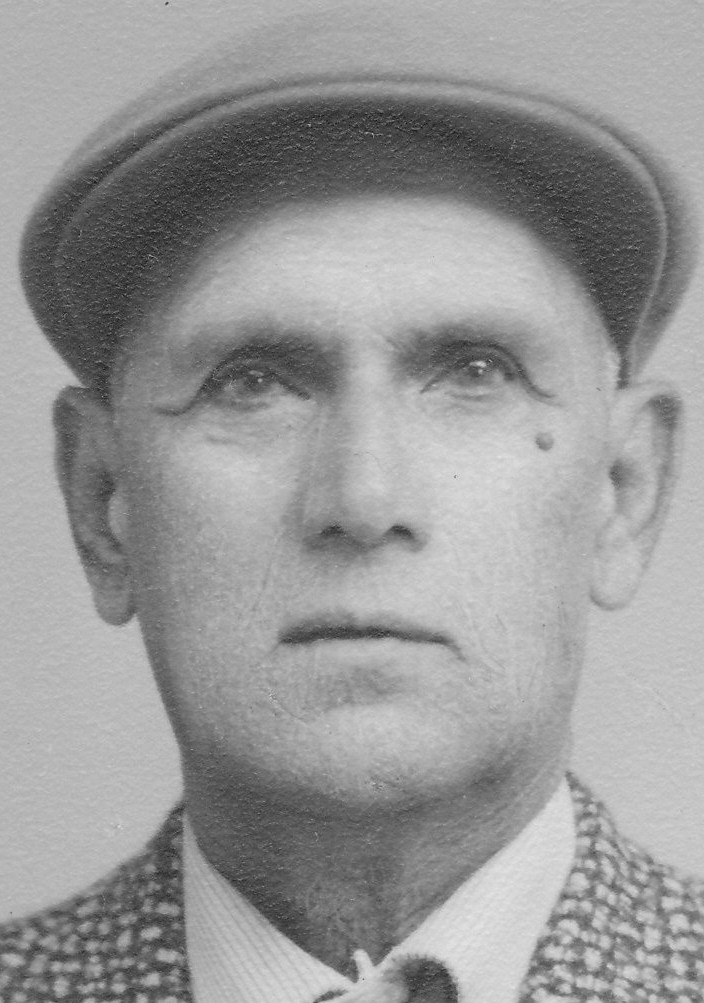
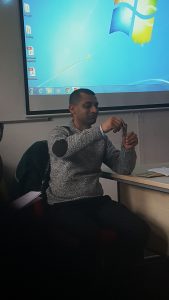









Excellent to see and read this. Well done.